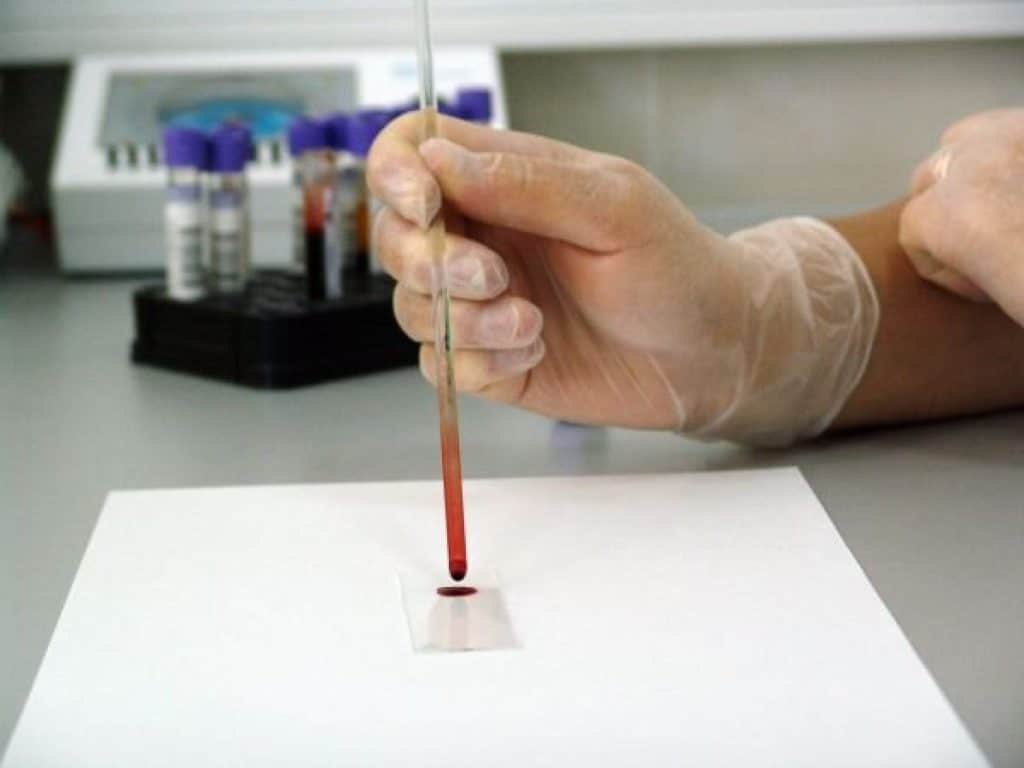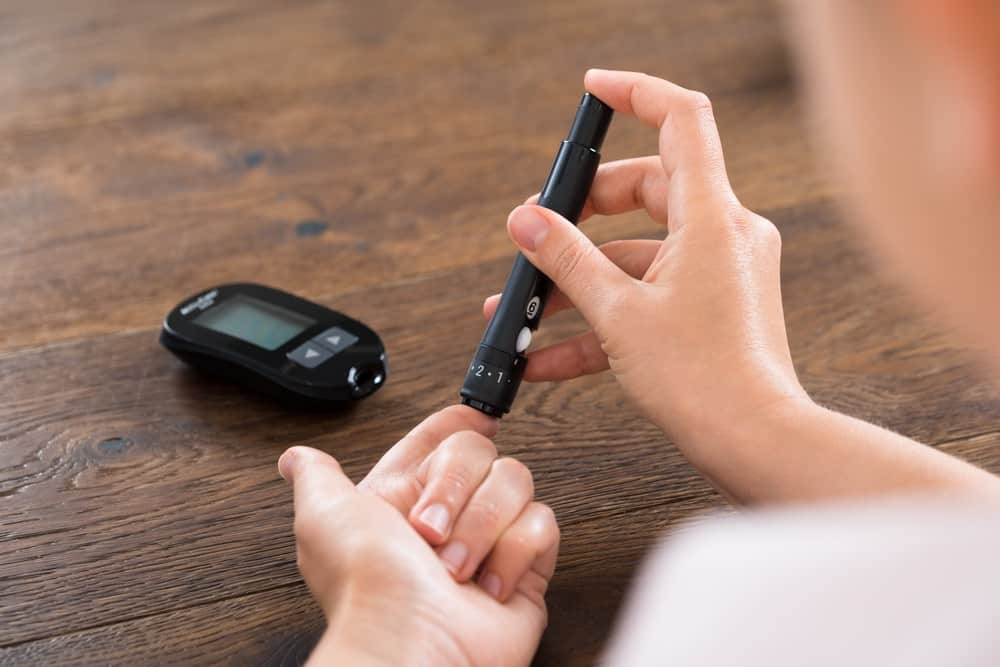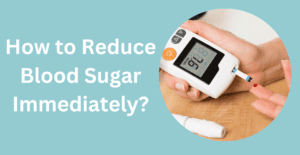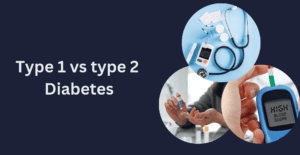Postprandial blood sugar is a measure of the concentration of glucose in the blood up to four hours after eating. When you eat, your body breaks down the carbohydrates in food into simple sugars, and fructose, which is absorbed into your bloodstream. Next to fat, glucose is the most important source of energy for the body. Every cell in your body depends on this source of energy to function. In addition to absorbing glucose from food, your body can also make glucose in a process called gluconeogenesis.
Your body’s goal is to maintain steady blood sugar levels, store or burn the excess, and produce more when needed. High blood sugar levels are called hyperglycemia and can be problematic.
Postprandial blood glucose levels that are too far outside of an optimal range may indicate prediabetes or diabetes. Knowing your body’s postmeal glucose response is useful for everyone, but is especially important for those who are pregnant, at risk of diabetes, or actively treating type 1 or type 2 diabetes.
How to measure Post Prandial Blood Sugar Level
- You can have your meal and then visit the nearest pathology lab after 2 hours of eating. The blood sample will be drawn and will be worked on to determine the blood sugar levels.
- Alternatively, drinking an extremely sweet potion of 75 ml given by the doctor. After waiting for 2 hours for the blood sample testing. After the blood sample collection, the sample is analyzed, and the reports are generated.
Post-Prandial Blood Sugar Level
There is a range that you want your postmeal blood sugar to stay within. Various ranges of postprandial blood glucose are listed below:
- Normal postmeal blood glucose (for diabetics):
- Normal postmeal blood glucose (for nondiabetics):
- Elevated postmeal blood glucose:> 200 mg/dL
The numbers above are the range of sugar levels that occur in your body under different conditions. For example, if you have a postprandial blood glucose of above 200 mg/dL, you are at serious risk of hyperglycemia. However, a postprandial blood glucose value of less than 55 mg/dL indicates alarming hypoglycemia.
Both are bad for your overall health. Therefore, one should always aim to achieve postprandial blood glucose levels between 140 mg/dL and 180 mg/dL.
Who Should Check PPG?
The frequency to test PPG is based on the person and on the goals for controlling blood sugar. The ADA recommends that certain should people test PPG and blood sugar levels more frequently, including:
- Women with type 1 or 2 diabetes who are pregnant
- People with diabetes that’s hard to control
- People trying new insulin or a new insulin dosage
- Pregnant women with gestational diabetes
- People who take multiple medications and are at risk for high or low blood sugar
- People with a history of high blood sugar after eating
What affects Post Prandial Blood Sugar Level?
- Increased Carbohydrate Intake – One of the main causes of elevated postmeal blood glucose levels is poor dietary habits. When you eat junk food or foods high in calories and carbohydrates, you invite an extra amount of glucose molecules into your system.
- Lack of Physical Activity – You know that to feel voluptuous and healthy, your body needs constant exercise throughout the day. If you can’t exercise every day, you should exercise at least 3-4 days a week. This constant movement of the body requires energy and therefore uses up the excess glucose in your body. Therefore, to help prevent conditions like obesity and diabetes, incorporate some daily exercise.
- Mental Health – A depressed or anxious person will unknowingly eat more or less than average. This depressing state of mind leads to obesity, which makes your body insulin-resistant. Once you develop insulin resistance, you are more likely to have higher postmeal blood glucose levels.
- Inadequate Sleep – Insomnia or lack of sleep increases the likelihood of high blood pressure, anxiety, depression, and obesity. Taken together, these disorders lead to hyperglycemic states and thus to an increase in blood sugar levels after eating.










